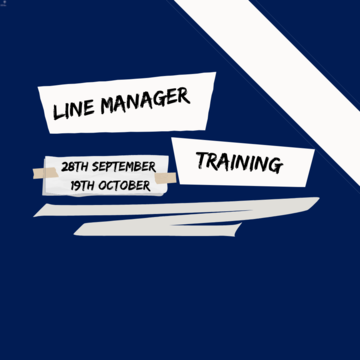- Identify apprenticeship
If you are considering recruiting a new entrant apprentice, visit our apprenticeship recruitment calendar to choose the correct course and plan your timeline. - Sign up to an information session
Please sign up to one of our monthly information sessions to learn more about the apprenticeship process. - Develop a job description
We have developed a range of apprenticeship-specific documents including template job descriptions and adverts. The job description will set out the duties and skills required for the role. Consider which apprenticeship course may be suitable for this role. - Contact the Apprenticeships Team
Once you have a draft job description, contact the Apprenticeships Team who will help to identify a suitable apprenticeship course and training provider. The team will put you in direct contact with the provider(s) to discuss the course and your role in more detail. As part of this discussion, you should consider how the provider can support your shortlisting and interview process. - Decision time
If you decide to go ahead with recruiting an apprentice, please inform your local HR Team who will obtain the correct local approvals and raise a Staff Request in the University's HR system. - Review
Once the Staff Request has been approved, in conjunction with your local HR Team please share the final job description with the Apprenticeship Team and the training provider for review. - Advertise
The Apprenticeship Team will post one central advert for all apprenticeships across the University. - Screen
On a weekly basis, the Apprenticeship Team will screen the applications received and invite eligible applicants to submit a 500-word expression of interest specific to your vacancy. - Shortlist
Applications and expressions of interest will be sent to you to shortlist. - Interview
You may wish to ask the training provider to sit on the interview panel, or to assist with other selection methods. Please provide feedback to any unsuccessful candidates who were interviewed, referring to the selection criteria for the role. - Offer
Once you have completed the selection and identified your chosen candidate(s), please telephone them to make a verbal offer of employment. Please inform the Apprenticeships Team and the training provider of the outcome. You will need to confirm the dates for the apprenticeship with the training provider before issuing the contract.Contractual conditions: New entrant apprentices are appointed under the terms and conditions specified in the Apprenticeship Agreement contract (which has the Apprenticeship Learner Agreement embedded). This document is generated from the University's HR system and the Apprenticeships Team can help to complete this. Apprentices are also bound by the Handbook for Support Staff, with the exception of their pay progression and the policy on fixed-term contracts.
- Update the HR system
You will need to update the apprenticeship User Defined Field (UDF) details for each new apprentice on the University's HR system. Please follow the guidance on the Apprenticeships scenario factsheet. - Start the apprenticeship
Once your apprentice has started in their post, they will be invited to an induction with the Apprenticeships Team. The training provider will correspond with the apprentice's line manager to make sure the apprentice is set up on their course and has completed any relevant documents.
Useful templates
Template versions of the following documents are available for download:
-
Apprenticeship Advert
-
Apprenticeship Job description
Budgeting for an apprentice
Apprenticeships are coordinated by the central HR team and are funded by the Apprenticeship Levy which means there are no additional costs to departments for the training. Please refer to the Government guidance on how apprenticeship levy funding works. The department may also receive incentive payments for recruiting apprentices.
Expenses
Your department will normally be responsible for the following:
- Provision of the relevant books and equipment that the apprentice needs
- Travel expenses incurred by the apprentice to attend their training course(s) (when these are over and above the costs of their normal travel to work)
Salary
There is an agreed salary progression framework that applies to all apprentices (except for existing staff on Apprenticeship training). As with all University employees, the Apprenticeship scale meets the Oxford Living Wage.
Upon Completion
Apprentices are appointed on a fixed-term contract, which matches the length of their apprenticeship(s). At the end of the fixed-term contract, you may wish to appoint the apprentice directly into a role in your department if a suitable opportunity is available. Alternatively, you may wish to provide support in finding other employment or training.
We encourage you to consider progression opportunities for apprentices as part of your strategic planning and budgeting.
Please refer to the End of Contract guidance for more information.



